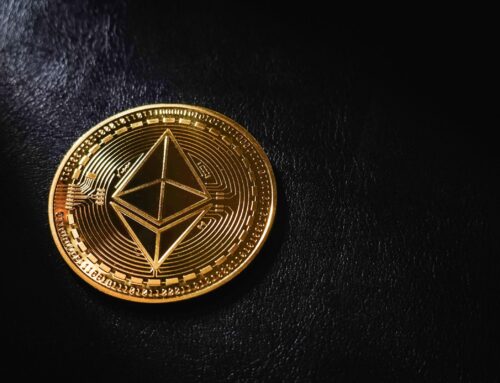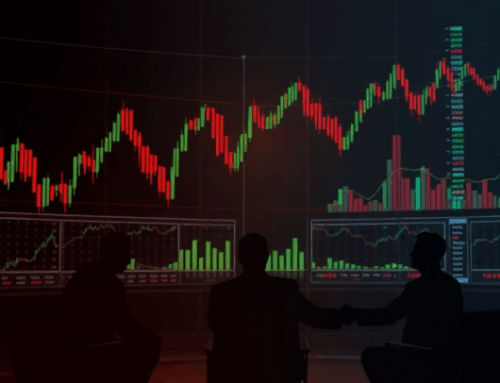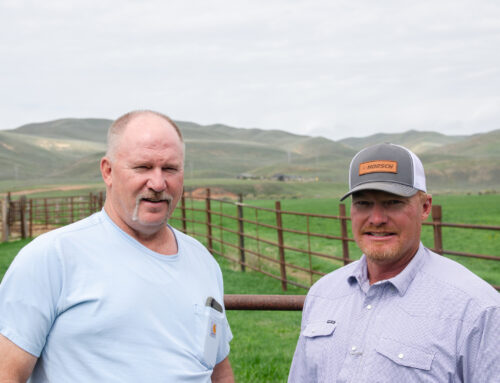ALTERNATE ENERGY: AI — Is it helping or hurting the clean energy transition? Part 3
May 31, 2025
(Ed. note: This is the third of a three-part series on Artificial Intelligence, better known simply as AI)
”Behold, the man has become as one of us, to know good and evil …”
— Genesis 3:22
I want to start off with comments from three world leaders in AI.
First our good friend and DOGE expert Elon Musk who made these cheery, very humanistic statements, offering such comforting reassurance:
Elaborating on an analogy comparing humanity to an anthill obstructing a road construction project per Analytics India Magazine, he said, “It’s just like, if we’re building a road and an anthill just happens to be in the way, we don’t hate ants, we’re just building a road.”
And this delightful Musk commentary from doyoutrustthiscomputer.org: “AI doesn’t have to be evil to destroy humanity … if AI has a goal and humanity just happens to come in the way, it will destroy humanity as a matter of course without even thinking about it. No hard feelings.”
Secondly, Jeff Bezos of Amazon fame, had this to say in an “Everything You Need to Know About AI Special Edition” of Us Weekly: “We’re at the beginning of a golden age of AI. Recent advancements have already led to an invention that previously lived in the realm of science fiction … and we’ve only scratched the surface of what’s possible.”
However my favorite is the wisdom of Bill Gates, who deals with reality. Yes I know Gates has moved onto other things including building the first operational SMR — small modular reactor — inter alia, sanitation for the struggling masses.
This from his X site: “This new technology can help people everywhere improve their lives. At the same time, the world needs to establish the rules of the road so that any downsides of artificial intelligence are far outweighed by its benefits.”
Why the AI Billionaires Boys Club changed its venue (in my humble opinion)I admire Gates because he is a visionary with a stream of ethics. He solves problems such as designing sanitation systems for crowded poor masses. He quietly speaks the truth. I judge people by the company they keep. Trump surrounds himself with lawyers, Russian nationals who buy $5 million gold green cards, and sycophants.
With Gates’ last sentence in mind, I wish to make note of the rapid change of heart of the AI Billionaires Boys Club supporting the current administration. Trump will only support businesses that will ensure his power. Hence the AI BBC responds to Trump tugging the regulation bait, which is in my humble opinion the reason they sold their souls.
Why is the AI BBC on board with the Trump administration?Musk, Zuckerberg, Bezos, Cook, Pichia, et al are the AI leaders and helped get Trump elected in 2024. They funding numerous rallies during the four years Biden was in office. Musk is the world’s leader in AI, and spent time during the administration’s first 100 days with the world’s biggest data bank, the U.S. government. As we all know, in the 2020 election, the titans of the data-driven world supported a candidate who still would have preserved our democracy. However, since that time those titans have lost their principles. They put business and desire for power before morals. With that let us proceed.
What’s going on with AI electricity consumption? Just ask yo MAAMA!
MAAMA Explained
The rise of artificial intelligence has given birth to a new elite: the Big Five tech titans — Microsoft, Apple, Amazon, Meta, and Alphabet (Google) — known collectively as MAAMA. These are the companies building and operating the massive data centers that power everything from ChatGPT to self-driving cars and voice assistants. Together, they are the backbone of AI development — and they’re consuming electricity at unprecedented rates.
Why MAAMA leads in electricity use
AI isn’t run on magic; it runs on energy. Every AI query, training model, and deepfake generator has to pass through a labyrinth of servers stacked in football-field-sized data centers.
MAAMA dominates this landscape:
• Amazon (AWS): Operates over 70 data centers in Northern Virginia alone.
• Microsoft: Rapidly expanding Azure AI hubs in Virginia, Iowa, and Arizona.
• Alphabet (Google): Scaling its Gemini model through new cloud regions.
• Meta: Training its LLaMA model family across renewable-heavy campuses.
• Apple: While less visible in the data center game, Apple outsources much of its backend to AWS and Google.
Green Commitments vs. Grid Reality
MAAMA’s public pledges to go “100% renewable” sounds reassuring, but the reality is more complicated:
• Amazon claims to be the world’s largest buyer of renewable energy, yet many of its facilities are still backed up by diesel generators and natural gas peaker plants.
• Microsoft and Google have made aggressive commitments (100% renewable by 2025 and 24/7 carbon-free by 2030, respectively) but rely on power purchase agreements (PPAs) that often don’t deliver electrons directly to their facilities.
• Meta powers all its data centers with wind and solar, but like others, depends on the existing grid for backup.
• Apple runs its operations on renewable energy but depends on third parties for cloud compute, sidestepping the accountability others face.
When the grid gets stressed, it’s the public that pays — literally — with higher prices and degraded service.
Backup power: Batteries or the grid?
Most MAAMA centers maintain backup systems. While there is a growing shift toward battery storage, diesel generators remain the industry standard. A single data center can have dozens of diesel gensets, ready to fire up in the event of a blackout. A “genset” is short for a “generator set,” a self-contained power generation unit that combines an engine and a generator. They emit air pollutants and raise concerns for nearby communities, especially in low-income areas.
Public benefits or corporate welfare?
The public relations materials boast about jobs and economic growth, but what’s really happening on the ground?
• Tax breaks & incentives: MAAMA routinely negotiates massive tax abatements. Amazon’s data centers in Virginia and Microsoft’s projects in Iowa come with hundreds of millions in local and state incentives.
• Living wages?: Construction jobs are often non-union, temporary, and outsourced. Permanent jobs are mostly limited to facility maintenance and security.
• Job numbers: Projects that promise “hundreds of new jobs” often deliver a few dozen permanent positions once construction ends.
• Environmental justice: Poor and minority communities frequently bear the brunt of these developments. Musk’s reported AI facility in Memphis is in a historically Black, economically disadvantaged area — with no formal announcement, no environmental review, and no public comment.
The big picture
AI may be the future, but the infrastructure that enables it is deeply rooted in an old paradigm: extractive economics. The companies we trust to bring us the future are often quietly draining resources, pushing out low-income communities, and burning more fossil fuels than they admit.
Want to know where AI is heading? There are answers. Just don’t just ask your Congressperson or your local utility.
Search
RECENT PRESS RELEASES
Related Post



